Flying Fox
- March 22, 2024
- 0 comment
Flying foxes, often referred to as megabats, are intriguing creatures found across tropical and subtropical regions worldwide. These large bats are renowned for their impressive wingspans, which can reach up to 6 feet, and their distinctive fox-like faces with elongated snouts and large eyes. Primarily frugivorous, they play a crucial role in ecosystem health through seed dispersal and pollination. Flying foxes are highly social animals, forming large colonies consisting of hundreds to thousands of individuals. They roost in trees during the day, hanging upside down, and communicate through vocalizations such as chirps and screeches.
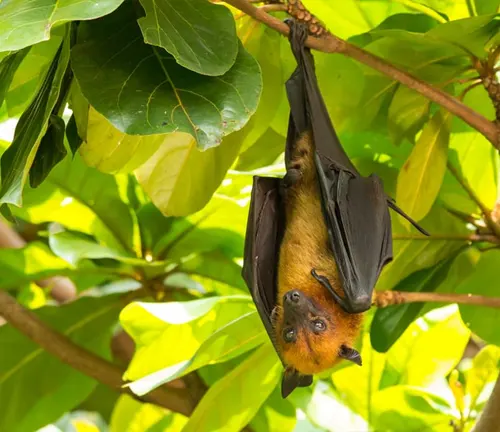
Mating season typically occurs during the dry season, followed by a gestation period of around six months. Newborn pups are highly dependent on their mothers for nourishment and protection. Despite their ecological importance, flying foxes face threats from habitat loss, hunting, and disease. Conservation efforts are essential to ensure their survival and the preservation of their habitats for future generations.
Flying Fox Characteristics
| Aspect | Description |
|---|---|
| Scientific Name | Pteropus |
| Family | Pteropodidae |
| Habitat | Tropical and subtropical regions worldwide |
| Diet | Primarily frugivorous, feeding on fruits, nectar, and pollen |
| Wingspan | Up to 6 feet |
| Weight | 1 to 2.5 pounds |
| Social Structure | Form large colonies consisting of hundreds to thousands of individuals |
| Roosting Habits | Hang upside down from trees during the day |
| Communication | Vocalizations including chirps, screeches, and clicks |
| Mating Season | Typically during the dry season |
| Gestation Period | Around six months |
| Offspring | Typically give birth to a single pup, occasionally twins |
| Threats | Habitat loss, hunting, and disease |
| Conservation Status | Some species are endangered or vulnerable, requiring conservation efforts |
| Ecological Importance | Vital role in seed dispersal and pollination, contributing to ecosystem health and biodiversity |
Flying Fox: Exploring the Enigmatic Mega Bats
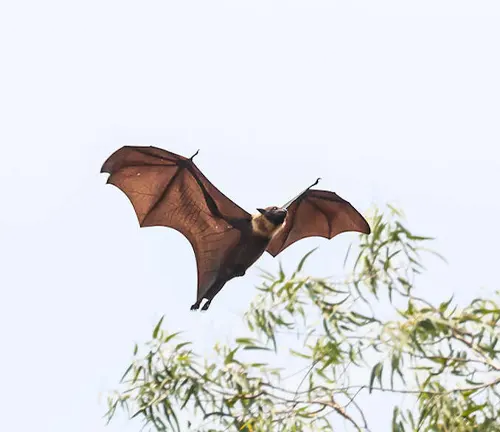
Flying foxes, scientifically known as Pteropus, are fascinating creatures often misunderstood due to their appearance and nocturnal lifestyle. These megabats belong to the family Pteropodidae and are renowned for their large size and impressive wingspans. Let’s delve into the world of flying foxes to understand their habitat, behavior, and ecological importance.
Habitat and Distribution
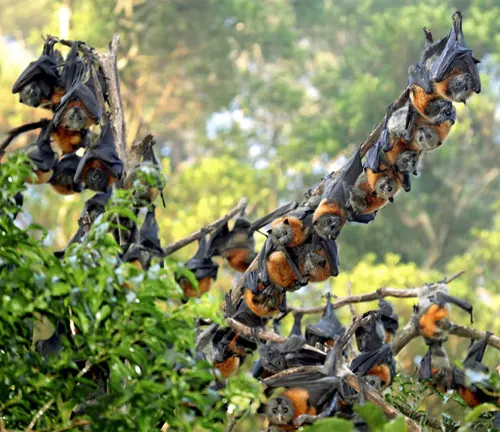
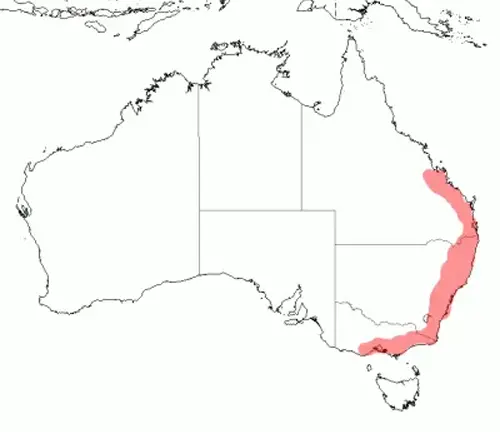
The habitat and distribution of flying foxes vary depending on the species. Generally, flying foxes are found in tropical and subtropical regions worldwide, including Asia, Africa, Australia, and the Pacific Islands. They inhabit diverse environments such as rainforests, mangroves, coastal areas, and even urban areas with abundant fruit-bearing trees.
In Australia, for example, flying foxes are widespread across the continent, with different species occupying various habitats. They roost in tall trees during the day, often in large colonies consisting of hundreds to thousands of individuals. These roosting sites provide them with protection from predators and the elements.
Flying foxes are particularly abundant in areas where there is an abundance of fruit trees, as their diet primarily consists of fruits, nectar, and pollen. Their foraging behavior often takes them long distances in search of food, making them important contributors to seed dispersal and pollination in their ecosystems.
Physical Characteristics
Size and Weight
Flying foxes are among the largest bat species, with wingspans reaching up to 6 feet (1.8 meters). They typically weigh between 1 to 2.5 pounds (0.5 to 1.2 kilograms), although sizes can vary slightly between different species and individuals. Their large size enables them to cover long distances during flight while foraging for food.
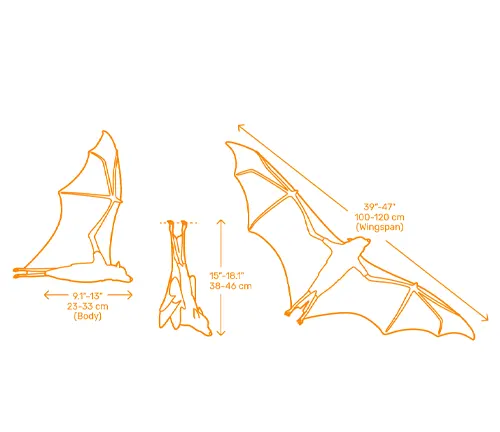

Unique Features
One of the distinctive features of flying foxes is their fox-like faces, characterized by elongated snouts and large, expressive eyes. These features give them a distinct appearance compared to other bat species. Additionally, flying foxes possess keen senses of smell and vision, which aid them in locating food sources in the dark. Their exceptional sense of smell helps them identify ripe fruits from afar, allowing them to efficiently locate food in their diverse habitats.
Diet and Feeding Habits
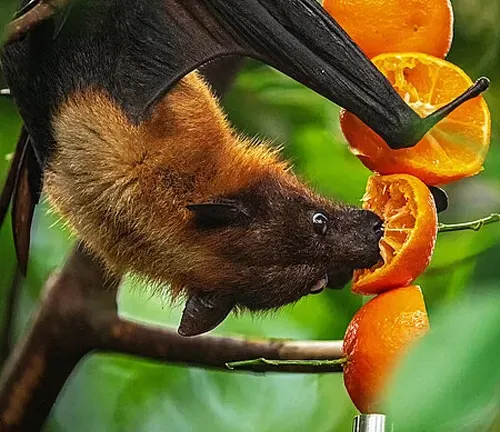

Flying foxes are primarily frugivorous, meaning they predominantly feed on fruits, nectar, and pollen. Their diet plays a crucial role in seed dispersal and pollination, making them essential contributors to ecosystem health. These bats have specialized adaptations for feeding on fruits, including sharp teeth and strong jaws for biting into tough fruit skins.
Flying foxes are known to feed on a wide variety of fruits, including figs, mangoes, bananas, and berries, depending on seasonal availability. They are particularly attracted to ripe fruits, which provide them with essential nutrients and energy for flight and reproduction.
In addition to fruits, flying foxes may also consume nectar and pollen from flowers, especially in areas where flowering plants are abundant. They play an important role in pollinating flowering plants, contributing to the reproduction and diversity of plant species in their ecosystems.
While fruits and nectar form the bulk of their diet, flying foxes may also supplement their nutrition by feeding on leaves, flowers, and insects, particularly during times when fruit availability is scarce. This dietary flexibility allows them to adapt to changing environmental conditions and ensures their survival in diverse habitats.
Flying foxes typically forage for food at night, using their keen senses of smell and vision to locate ripe fruits and flowering plants in the dark. They may travel long distances in search of food, covering up to 50 kilometers in a single night. After feeding, flying foxes may regurgitate seeds and pollen, contributing to the dispersal of plant species across their range
Behavior and Social Structure
Roosting Habits
Flying foxes are highly social animals that exhibit specific roosting habits. During the day, they gather in large colonies and roost in trees, often hanging upside down from branches using their hook-like feet. These roosting sites provide them with protection from predators and the elements, as well as a sense of security within their social groups.
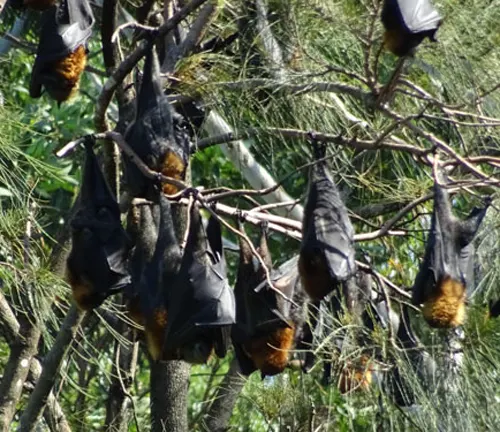
The choice of roosting sites can vary depending on factors such as environmental conditions, availability of food, and proximity to water sources. Flying foxes may roost in tall trees in forests, mangroves, or urban areas with suitable vegetation. They may also use specific roosting sites consistently over time, returning to the same location day after day.
Roosting in large colonies offers flying foxes several advantages, including increased safety in numbers, opportunities for social interaction, and sharing of information about food sources and potential threats. These colonies can consist of hundreds to thousands of individuals, forming dynamic and complex social structures within the group.
Communication
Communication among flying foxes primarily occurs through vocalizations, which serve various purposes such as maintaining social bonds, signaling danger, and coordinating group movements. Flying foxes produce a range of vocalizations, including chirps, screeches, clicks, and squeaks, each with its own specific meaning and function.
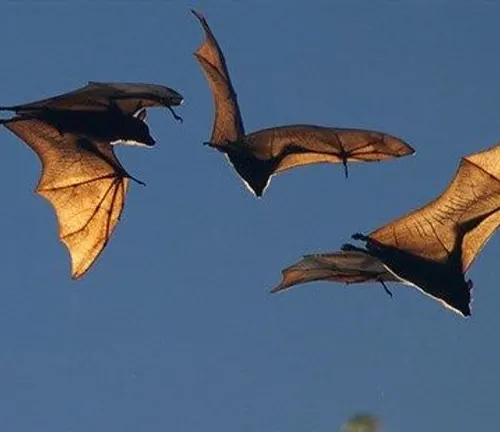
Chirping vocalizations are often used for social communication within the colony, such as greeting or bonding between individuals. Screeches and clicks may be employed to warn of potential threats or to alert other members of the group to the presence of predators. These vocalizations can vary in intensity and frequency, depending on the context and urgency of the situation.
Flying foxes also use body language and visual cues to communicate with each other, such as grooming behaviors, wing displays, and facial expressions. These non-verbal signals play an essential role in maintaining social cohesion within the colony and establishing dominance hierarchies among group members.
Reproduction and Life Cycle
Mating Season
The mating season for flying foxes typically occurs during specific times of the year, often coinciding with seasonal changes or periods of increased food availability. During this time, males engage in elaborate courtship displays to attract females. These displays may involve vocalizations, wing flapping, and aerial acrobatics to demonstrate their fitness and attract mates.
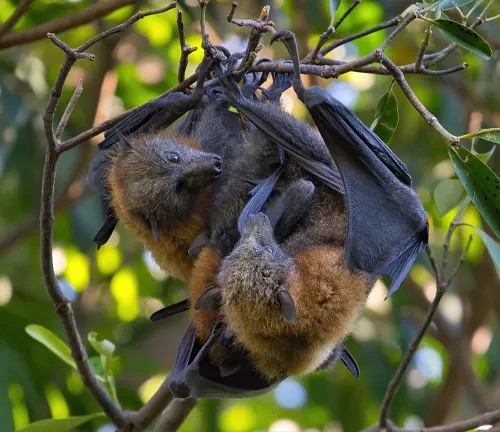
Gestation Period
After mating, female flying foxes undergo a gestation period, which can last around six months, depending on the species. During this time, the female prepares for the birth of her offspring by seeking out suitable roosting sites and ensuring access to food and resources.
Birth and Maturation
Flying foxes typically give birth to a single offspring, known as a pup, although twins are not uncommon in some species. Newborn pups are born blind, hairless, and completely dependent on their mothers for nourishment and protection. They cling to their mother’s belly or back while she flies and nurses them, gradually growing stronger and more independent as they mature.

As the pup grows, it learns essential skills such as flying, foraging, and social behavior from its mother and other members of the colony. Flying foxes have relatively long lifespans compared to other bat species, with individuals living up to 10-15 years in the wild and longer in captivity.
The reproductive cycle of flying foxes is closely tied to environmental factors such as food availability, climate, and habitat quality. Changes in these factors can influence the timing and success of mating, gestation, and birth, impacting the population dynamics of flying foxes in their natural habitats.
Conservation Status
The conservation status of flying foxes varies among species, with some facing significant threats to their populations due to habitat loss, hunting, and disease. Human activities such as deforestation, urbanization, and agricultural expansion have resulted in the destruction and fragmentation of their natural habitats, reducing available roosting sites and food sources.
Several species of flying foxes are listed as endangered or vulnerable on the International Union for Conservation of Nature (IUCN) Red List of Threatened Species. These include species such as the Mauritian Flying Fox (Pteropus niger) and the Seychelles Fruit Bat (Pteropus seychellensis), which are endemic to specific islands and face severe threats from habitat destruction and hunting.
Habitat loss and degradation are significant threats to flying fox populations, particularly in regions where forests are being cleared for agriculture, logging, or urban development. Loss of roosting sites and foraging areas can lead to population declines and increased competition for limited resources among flying fox colonies.
Hunting and persecution also pose threats to flying fox populations, with some species being targeted for bushmeat, traditional medicine, or perceived threats to agriculture. In addition, flying foxes are susceptible to diseases such as viral infections, including Hendra virus and Nipah virus, which can cause significant mortality within populations.
Conservation efforts aimed at protecting flying fox habitats, reducing human-wildlife conflicts, and raising awareness about the importance of these bats in ecosystems are crucial for their survival. These efforts may include habitat restoration, establishment of protected areas, implementation of sustainable land-use practices, and research into disease management and prevention.
Interactions with Humans
Cultural Significance
Flying foxes hold cultural significance in many indigenous cultures around the world, where they are often revered as symbols of fertility, wisdom, and longevity. In various mythologies and folklore, flying foxes are depicted as powerful and mystical creatures associated with spiritual beliefs and rituals.
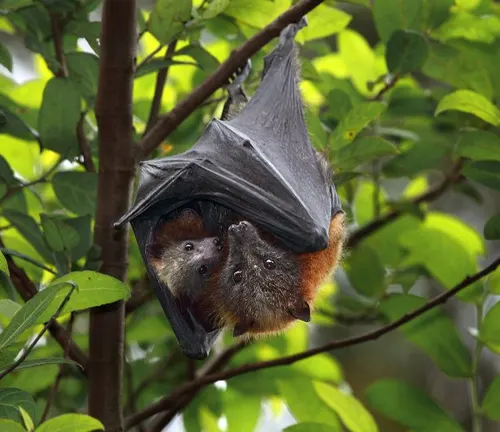
In some cultures, flying foxes are believed to possess supernatural powers and are revered as guardians of the forest or messengers between the spirit world and the human realm. Their nocturnal habits and ability to fly long distances have inspired awe and admiration, leading to their inclusion in traditional stories, songs, and artwork.
Furthermore, flying foxes play important roles in cultural ceremonies and practices, such as hunting rituals, healing ceremonies, and initiation rites. Their presence in cultural traditions reflects the deep connection between humans and nature, highlighting the interconnectedness of all living beings within the ecosystem.

Economic Impact
Flying foxes also have economic significance through their contributions to ecotourism and agricultural pollination services. In regions where flying fox populations are abundant, eco-tourists may visit to observe these bats in their natural habitats, providing revenue for local communities and supporting conservation efforts.
Additionally, flying foxes play a vital role in agricultural ecosystems by pollinating flowering plants and dispersing seeds, which contributes to crop production and biodiversity. Farmers benefit from the ecosystem services provided by flying foxes, such as increased fruit yields and improved crop quality.
However, conflicts between flying foxes and fruit growers can arise, as bats may damage fruit crops when foraging for food. In some cases, farmers may resort to measures such as netting or culling to protect their crops, leading to negative perceptions of flying foxes and potential economic losses for bat conservation efforts.
Different Species
Black Flying Fox
(Pteropus alecto)
Found in Australia, Papua New Guinea, and Indonesia, this species is characterized by its dark fur and large size.
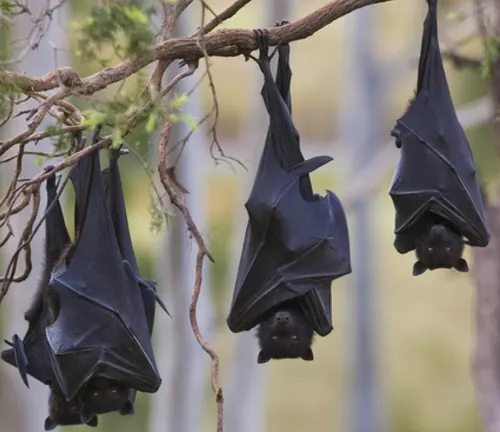
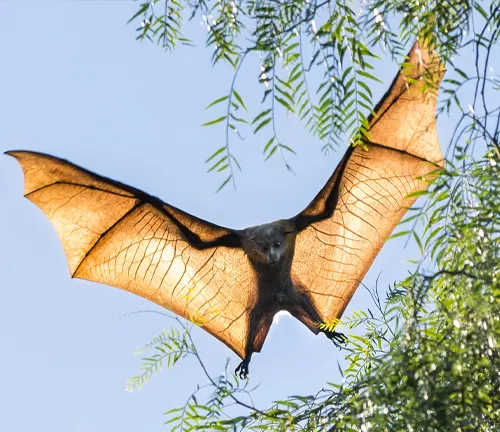
Grey-headed Flying Fox
(Pteropus poliocephalus)
Native to Australia, these bats have distinctive grey fur on their heads and reddish-brown bodies.
Indian Flying Fox
(Pteropus giganteus)
Found in South Asia, including India, Sri Lanka, and Bangladesh, this species is one of the largest bats in the world.
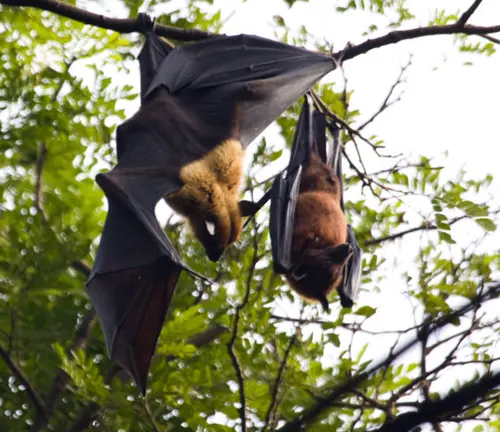
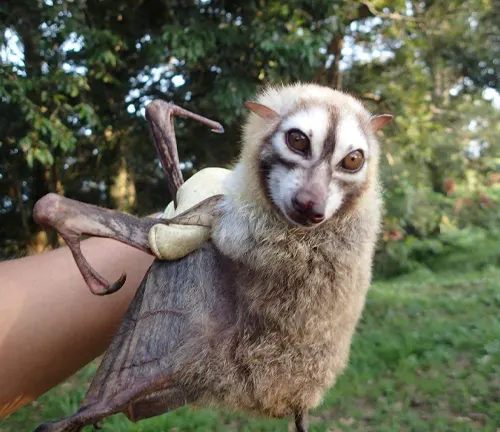
Bismarck Flying Fox
(Pteropus neohibernicus)
Endemic to the Bismarck Archipelago in the southwestern Pacific Ocean, these bats have a reddish-brown fur with a lighter underside.
Little Red Flying Fox
(Pteropus scapulatus)
Native to Australia, these bats are smaller in size compared to other species and have reddish-brown fur.
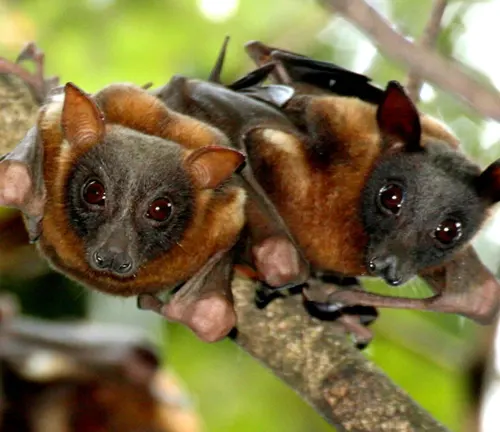
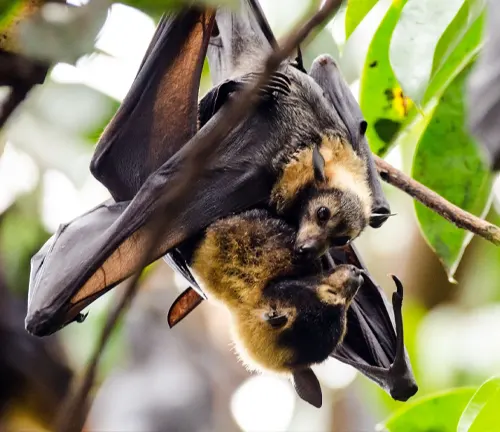
Spectacled Flying Fox
(Pteropus conspicillatus)
Found in Australia and Papua New Guinea, this species has distinctive light fur around its eyes, resembling spectacles.
Mauritian Flying Fox
(Pteropus niger)
Endemic to Mauritius, this species is critically endangered due to habitat loss and hunting.
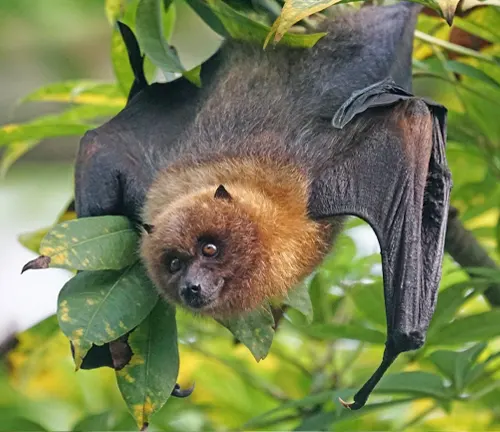
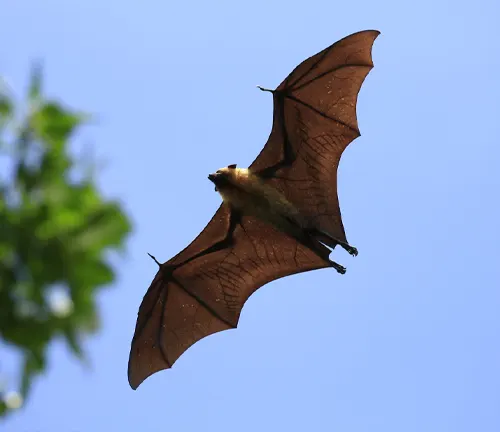
Seychelles Fruit Bat
(Pteropus seychellensis)
Found in the Seychelles Islands in the Indian Ocean, this species is also endangered due to habitat destruction.
Frequently Asked Question (FAQs)
- What is a flying fox?
Flying foxes are large bats belonging to the genus Pteropus, known for their impressive wingspans and fox-like faces. - Where are flying foxes found?
Flying foxes are found in tropical and subtropical regions worldwide, including Asia, Africa, Australia, and the Pacific Islands. - What do flying foxes eat?
Flying foxes are primarily frugivorous, meaning they feed on fruits, nectar, and pollen. They also consume leaves, flowers, and insects occasionally. - How big are flying foxes?
Flying foxes have wingspans that can reach up to 6 feet, and they weigh between 1 to 2.5 pounds, making them one of the largest bat species. - Do flying foxes migrate?
Some species of flying foxes undertake seasonal migrations in search of food and suitable roosting sites. - How do flying foxes reproduce?
Flying foxes mate during specific seasons, and females give birth to a single pup after a gestation period of around six months. - Do flying foxes have predators?
Flying foxes face threats from natural predators such as birds of prey and snakes, as well as human-induced threats like habitat destruction and hunting. - What is the lifespan of a flying fox?
The lifespan of a flying fox varies depending on the species, but they can live up to 10-15 years in the wild and longer in captivity. - How do flying foxes communicate?
Flying foxes communicate through vocalizations such as chirps, screeches, and clicks, which serve various purposes including maintaining social bonds and signaling danger. - Are flying foxes nocturnal?
Yes, flying foxes are nocturnal animals, meaning they are active during the night and roost during the day. - How do flying foxes contribute to ecosystems?
Flying foxes play a crucial role in ecosystem health by dispersing seeds and pollinating flowers, which helps maintain biodiversity and support plant growth. - Are flying foxes affected by climate change?
Yes, flying fox populations are vulnerable to climate change, which can impact their food sources, roosting habitats, and reproductive patterns.


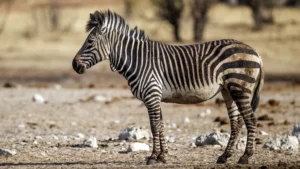
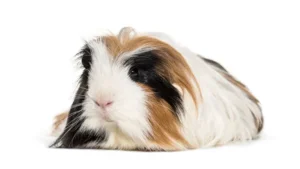



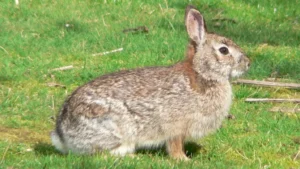
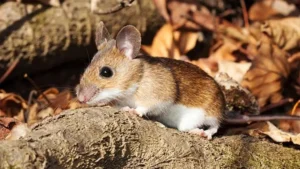

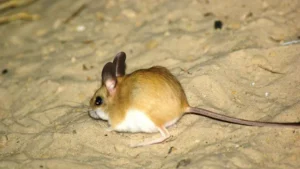


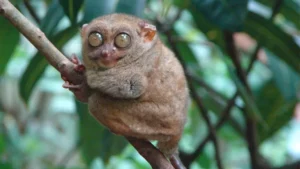
Leave your comment